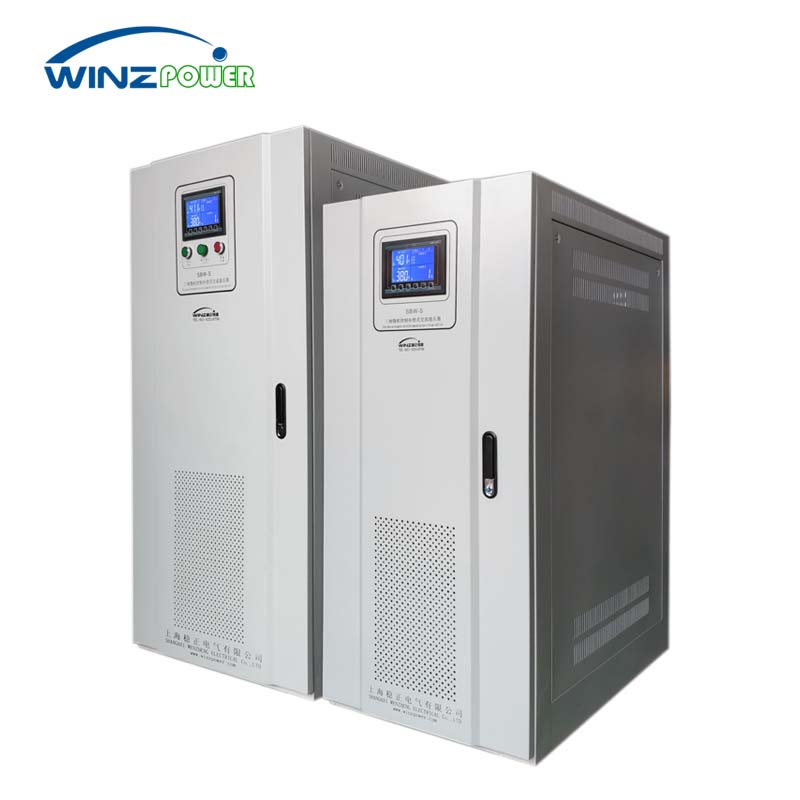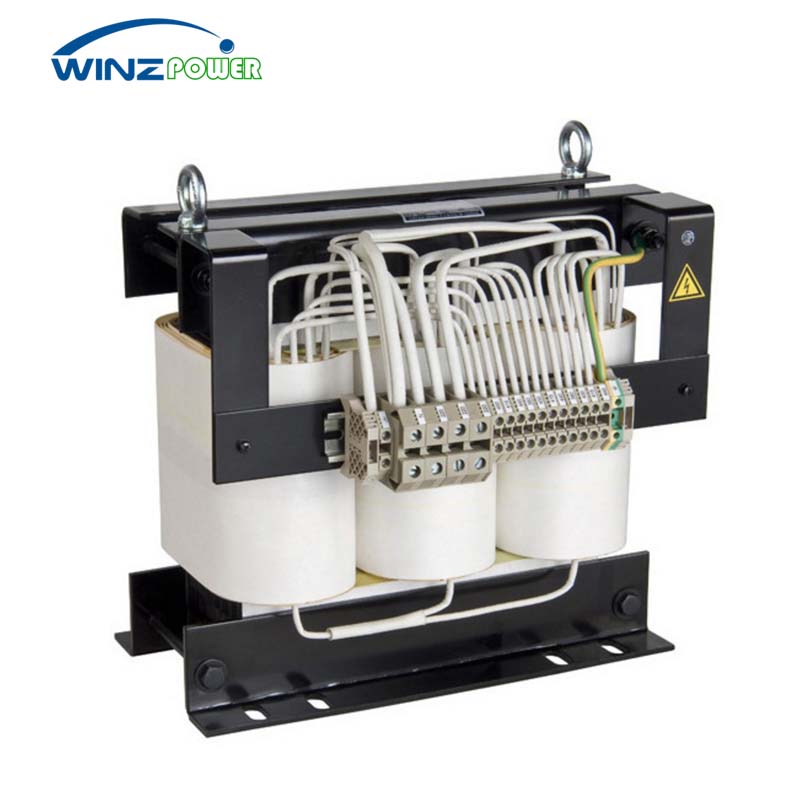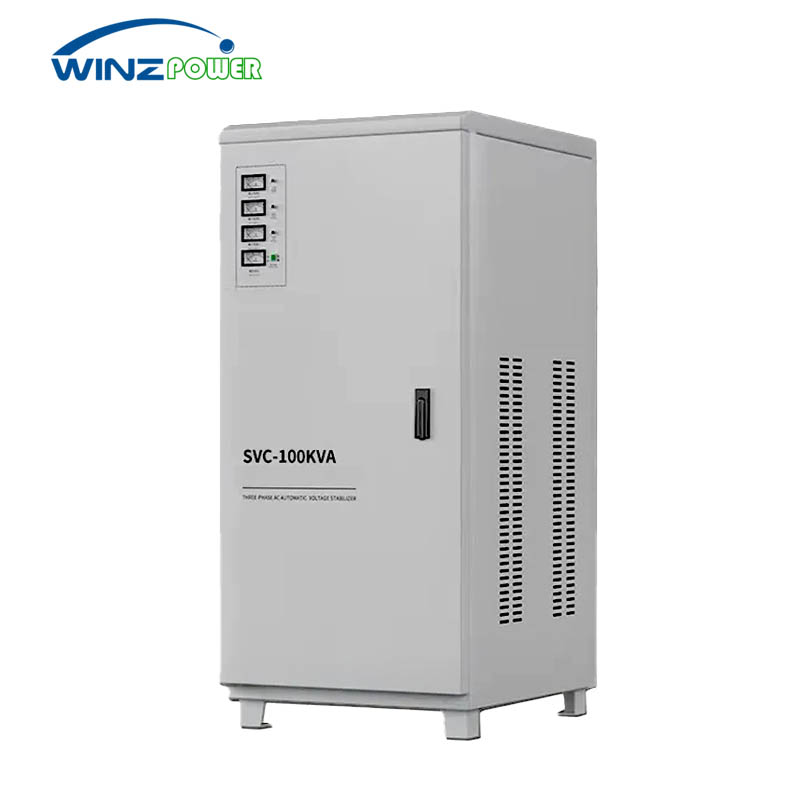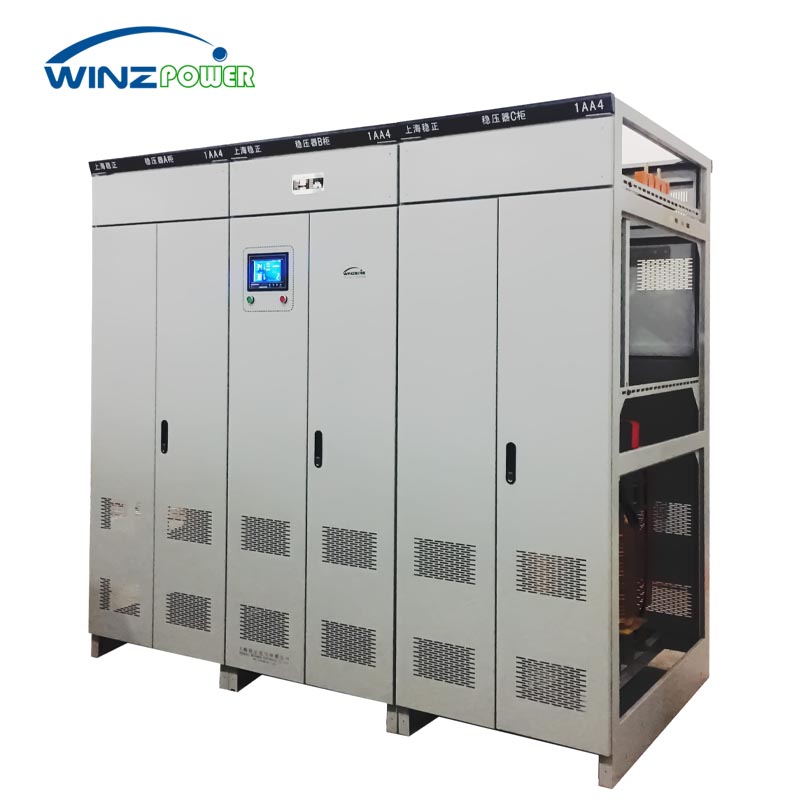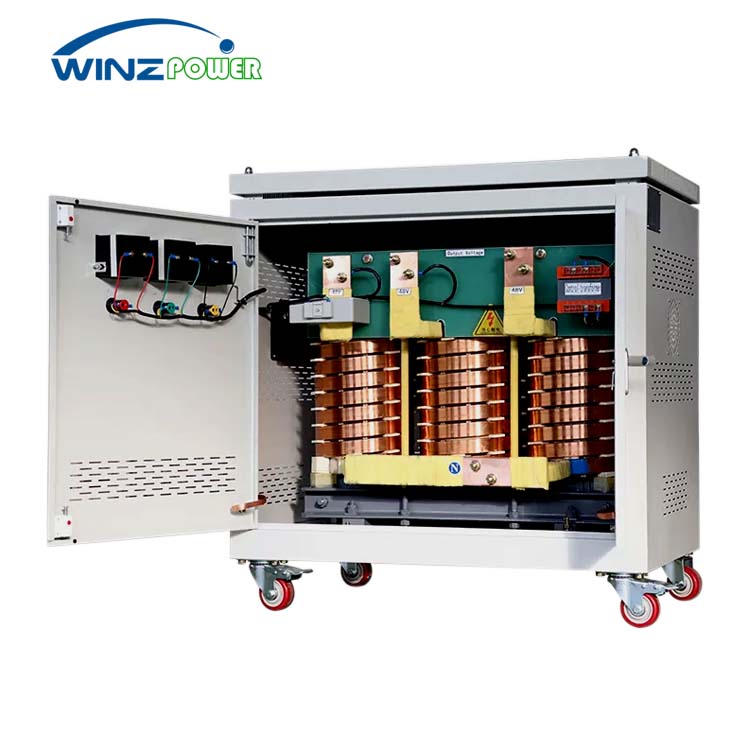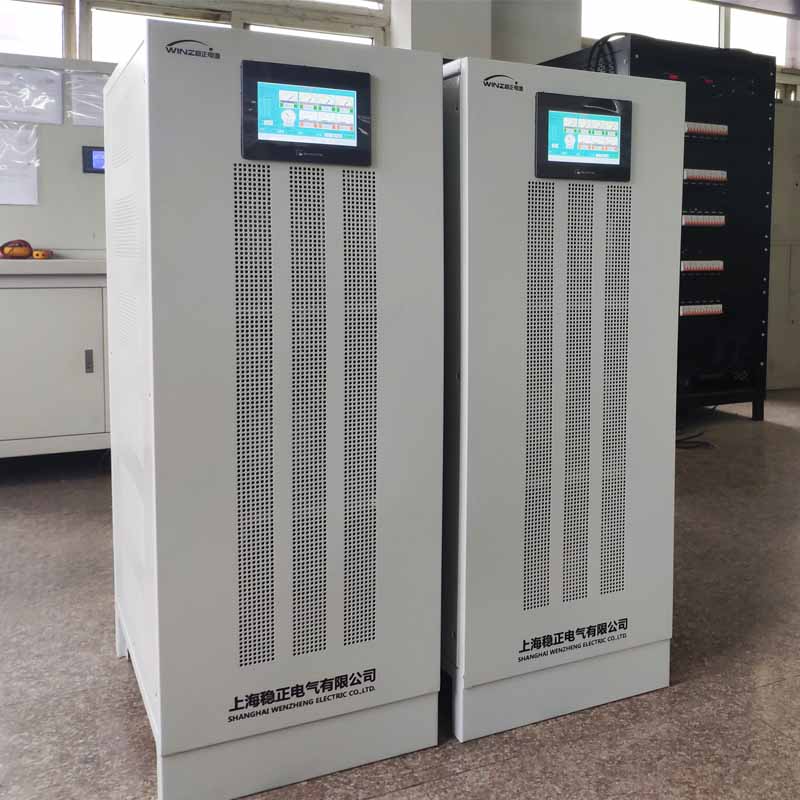News
What are the causes of low voltage in the power grid?
For 380V and 400V three-phase power grids, low voltage is generally caused by the following:
Excessive power supply radius: Long transmission lines or low-voltage lines increase resistive losses.
Insufficient reactive power: When reactive power compensation devices are missing or not operational, low power factor on the user side (e.g., motor equipment) can increase reactive power demand and increase line voltage drop.
Insufficient transformer capacity: The capacity of the distribution transformer does not match the load demand, resulting in a significant drop in output voltage when overloaded.
Excessively thin power lines: Aging or excessively thin wires can also increase voltage drop.
Power line material: When using copper and aluminum wires of the same gauge, aluminum wire has a greater voltage drop.
Surges in power load: Seasonal loads (e.g., air conditioning in summer, heating in winter) or peak loads (e.g., nighttime industrial power consumption) can cause local grid overloads and voltage drops.
Uneven load distribution: An unbalanced three-phase load (e.g., a large number of single-phase appliances in use) can cause excessive current in one phase, leading to additional voltage drops.
Line aging and wear: With age, electrical equipment such as wires and cables gradually age, increasing resistance and decreasing conductivity, leading to increased power losses and reduced voltage at the user end.






